Table of content
Stir-fried duck meatballs, a dish that marries the rich depth of duck meat with the vibrant spice of aromatic seasonings, offer a culinary experience that is both comforting and gourmet. This recipe, rooted in traditional Asian techniques yet adaptable to modern kitchens, transforms simple ingredients into a symphony of textures and flavors. Whether you’re a seasoned home cook or a novice exploring global cuisines, this guide will equip you with the knowledge to create tender, juicy meatballs and a stir-fry that dazzles the palate.
The Allure of Stir-Fried Duck Meatballs
Duck meat, prized for its robust flavor and tender texture, takes center stage in this dish. Unlike chicken or beef, duck boasts a unique gaminess that pairs beautifully with bold seasonings like ginger, garlic, and soy sauce. When formed into meatballs and stir-fried, the meat develops a caramelized exterior while retaining its succulence. The dish’s appeal lies in its balance: the meatballs’ savory richness is offset by the freshness of vegetables, while the stir-fry sauce ties everything together with a glossy, umami-packed finish.

This recipe is versatile. Serve it over steamed rice, nestled in a bowl of noodles, or as a standalone appetizer with a dipping sauce. Its adaptability makes it ideal for weeknight dinners or dinner parties alike.
Ingredients: Building Flavor Layer by Layer
To craft stir-fried duck meatballs, gather the following ingredients, each chosen to enhance the dish’s complexity:
For the Duck Meatballs
- 500g ground duck meat: Opt for a mix of dark and breast meat for optimal flavor and texture.
- 2 tbsp soy sauce: Use a high-quality dark soy sauce for depth, or tamari for gluten-free options.
- 1 tbsp oyster sauce: Adds a briny sweetness; substitute with hoisin sauce if unavailable.
- 1 tbsp rice wine or sherry: Tenderizes the meat and imparts a subtle fragrance.
- 1 tbsp cornstarch: Acts as a binder to keep meatballs intact during cooking.
- 1 tsp sesame oil: A nutty finish that elevates the meat’s aroma.
- 1 egg white: Lightens the mixture and ensures tenderness.
- 3 garlic cloves, minced: Use fresh garlic for punchy flavor.
- 1 tbsp fresh ginger, grated: Balances the duck’s richness with warmth.
- 1/4 cup spring onions, finely chopped: For mild oniony notes and color.
- 1/4 tsp white pepper: A floral alternative to black pepper.
- 1/4 cup panko breadcrumbs (optional): Absorbs excess moisture for firmer meatballs.
For the Stir-Fry
- 2 tbsp vegetable oil: Use a neutral oil like peanut or canola for high-heat cooking.
- 1 medium onion, sliced: Caramelizes to add sweetness.
- 1 red bell pepper, julienned: Provides crunch and vibrant color.
- 100g snow peas, trimmed: Retain their snap for texture contrast.
- 2 garlic cloves, minced: Intensifies the sauce’s savory base.
- 1 tbsp fresh ginger, julienned: Offers a spicy kick.
- 1/4 cup chicken broth: Deglazes the pan and creates a silky sauce.
- 2 tbsp soy sauce: Adjust to taste.
- 1 tbsp honey or brown sugar: Balances the saltiness with sweetness.
- 1 tsp chili flakes (optional): For heat lovers.
- 1 tbsp cornstarch dissolved in 2 tbsp water: Thickens the sauce.
- Garnish: Sesame seeds, chopped cilantro, or lime wedges.
Preparation: The Foundation of Flavor
Marinating the Duck Meat
In a large mixing bowl, combine the ground duck, soy sauce, oyster sauce, rice wine, sesame oil, egg white, cornstarch, garlic, ginger, spring onions, and white pepper. Use your hands to mix thoroughly—this ensures the seasonings are evenly distributed. Overmixing can toughen the meat, so stop once the ingredients are just combined. If the mixture feels too wet, add panko breadcrumbs 1 tablespoon at a time.
Cover the bowl and refrigerate for at least 30 minutes. Chilling firms the meatballs, making them easier to shape and less likely to fall apart during cooking.
Shaping the Meatballs
Using damp hands to prevent sticking, roll the mixture into golf ball-sized portions. Aim for uniformity to ensure even cooking. Place the meatballs on a parchment-lined tray and refrigerate for another 15 minutes. This second chill solidifies their shape.
Prepping the Vegetables
While the meatballs rest, slice the onion, bell pepper, and snow peas. Julienne the ginger and mince the garlic. Having all ingredients prepped prevents overcooking during the stir-fry process.
Cooking Process: A Dance of Heat and Timing
Searing the Meatballs
Heat 1 tablespoon of vegetable oil in a large skillet or wok over medium-high heat. Once the oil shimmers, add the meatballs in a single layer, leaving space between them. Sear for 3–4 minutes per side until golden brown. Work in batches if necessary to avoid overcrowding, which causes steaming instead of browning.
Transfer the seared meatballs to a plate. They’ll finish cooking in the sauce later.
Sautéing Aromatics and Vegetables
In the same pan, add the remaining oil. Stir-fry the onion, bell pepper, and snow peas for 2–3 minutes until crisp-tender. Push the vegetables to the pan’s edge and add the garlic and ginger to the center. Sauté for 30 seconds until fragrant, then mix everything together.
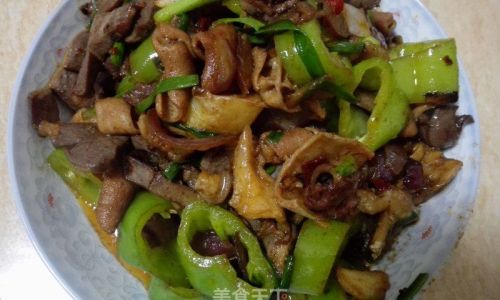
Deglazing and Simmering
Pour in the chicken broth, scraping up any browned bits from the pan. Add the soy sauce, honey, and chili flakes (if using). Bring the liquid to a simmer, then return the meatballs to the pan. Cover and cook for 5–7 minutes, turning occasionally, until the meatballs are cooked through (internal temperature should reach 74°C/165°F).
Thickening the Sauce
Stir the cornstarch slurry into the pan and cook for 1–2 minutes until the sauce thickens. The cornstarch will coat the meatballs and vegetables, creating a glossy finish.
Tips for Perfection
- Duck Meat Quality: Opt for fresh, not frozen, duck if possible. Frozen meat can release excess moisture, leading to dense meatballs.
- Fat Content: Duck breast meat is leaner, while thigh meat is fattier. A 50/50 mix ensures juiciness without greasiness.
- Chilling Time: Don’t skip refrigeration. Cold meatballs hold their shape during searing.
- Pan Size: Use a wok or wide skillet for even heat distribution. Avoid deep pots, which trap steam.
- Sauce Consistency: Adjust the cornstarch slurry based on your preference—less for a thinner sauce, more for a thicker glaze.
Serving Suggestions
- Rice Bowl: Pile the stir-fry over jasmine rice and garnish with sesame seeds.
- Noodle Stir-Fry: Toss with udon or rice noodles for a heartier meal.
- Appetizer Platter: Serve smaller meatballs with a dipping sauce of soy sauce, rice vinegar, and chili oil.
- Lettuce Wraps: Wrap the meatballs and vegetables in butter lettuce leaves for a fresh, low-carb option.
Pair the dish with a crisp lager, a light Riesling, or jasmine tea to cleanse the palate between bites.
Troubleshooting Common Issues
- Meatballs Falling Apart: Ensure the mixture is chilled and not overmixed. Adding panko can help.
- Soggy Vegetables: Sauté vegetables in batches to maintain crispness.
- Bland Flavor: Increase soy sauce or add a splash of fish sauce for depth.
- Overcooked Duck: Use a meat thermometer and avoid high heat after searing.
The Cultural Tapestry of Stir-Frying
Stir-frying, a cornerstone of Asian cuisine, is as much a technique as it is an art. Born from the need to cook quickly over high heat—a method perfected in woks over open flames—it preserves ingredients’ natural flavors while creating complex layers. Duck meatballs, with their fusion of protein and spice, exemplify this philosophy. The dish’s history traces back to regions where duck was abundant, and stir-frying offered a practical way to transform humble ingredients into feasts.
Today, this recipe bridges tradition and modernity. It invites experimentation: swap vegetables based on season, adjust spice levels, or incorporate herbs like basil or cilantro. The key lies in respecting the core techniques—searing, stir-frying, and balancing flavors—while adding personal flair.
Conclusion: A Dish to Savor
Stir-fried duck meatballs are more than a meal; they’re a testament to the magic of simplicity. With patience and attention to detail, even a novice can elevate ground duck into a restaurant-worthy dish. The process—from marinating to searing to simmering—is meditative, each step building toward a crescendo of taste.
As you savor your first bite, notice the contrasts: the meatballs’ crisp exterior giving way to tender centers, the vegetables’ freshness cutting through the sauce’s richness, the heat of ginger and chili dancing with the sweetness of honey. This is cooking as alchemy, turning basic elements into gold.
So, gather your ingredients, heat your pan, and embark on a culinary journey. Whether you’re cooking for one or a crowd, these duck meatballs promise to delight—and maybe even become a cherished recipe in your repertoire. Bon appétit!

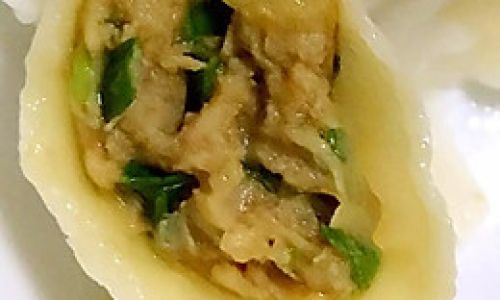
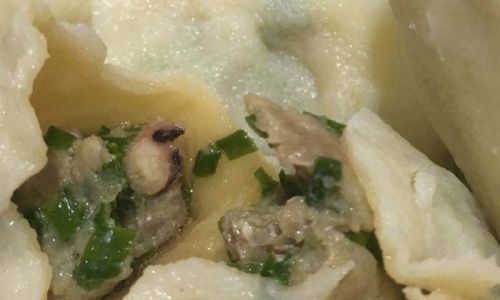
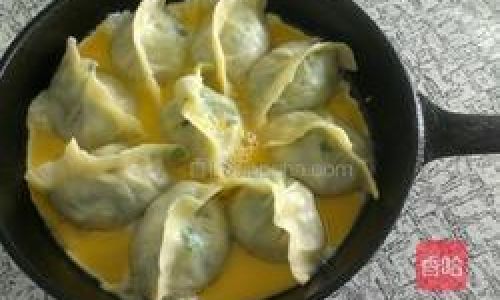
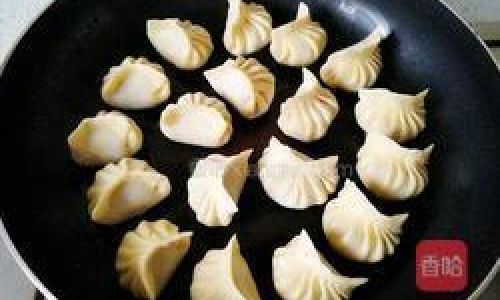

0 comments